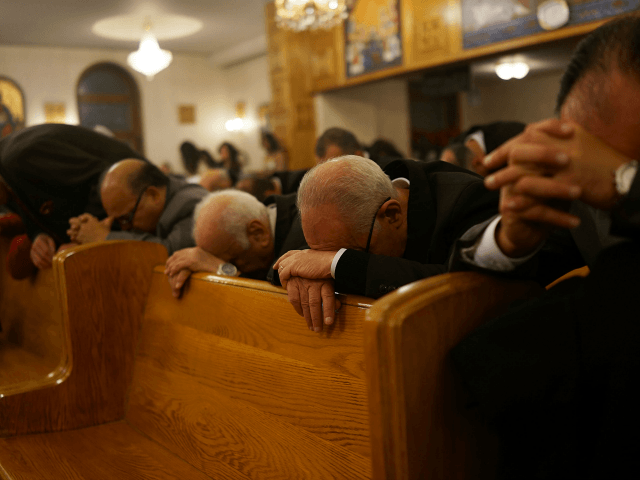Contrary to popular opinion, religiosity is not on the decline in the United States but enjoys “persistent and exceptional intensity,” according to groundbreaking new research.
In an analysis of recent scholarship, Glenn T. Stanton notes that while moderate religion is indeed slipping in the United States, intense religious belief and practice, especially among Christians, is holding strong and even increasing.
A report last month by scholars from Harvard and Indiana Universities suggests that the secularization taking place in many advanced industrialized societies does not in fact hold for American culture, and that religiosity in the United States is growing ever more exceptional in comparison with the rest of the world.
“The secularization thesis asserts that as a result of ongoing modernization and the advance of science, religion will become increasingly irrelevant in public and private life,” state researchers Landon Schnabel and Sean Bock. Whereas this pattern seems verified in several advanced industrial societies, there are notable differences in the United States.
Rather than symmetric decline across all levels of religiosity, they assert, “religious change in the United States could be driven by a decline of moderate religion,” the writers contend.
Moreover, although religion in America may be following the trend of other countries on average, “we suspect that intense religionists will increasingly define religion in the United States and that this religious makeup is—and will continue to be—unique compared to other wealthy, secularizing countries,” they said.
Looking at strength of religious affiliation over time, the researchers identified “a patently persistent level of strong affiliation from 1989 to 2016,” despite a decline in overall religious affiliation. And where some year-to-year fluctuation can be perceived, they discovered “a very stable trend line” of strong religious belief and practice.
Strikingly, the team found that “the rise of the unaffiliated is due solely to a dramatic decline of the moderately religious.” Because strong affiliation remains stable while weaker affiliations have declined, “those with a strong affiliation actually make up a larger share of the affiliated population over time,” they wrote.
In 1989, 39 percent of those with any religious affiliation were “strongly affiliated,” but by 2017, the share of those “strongly affiliated” had risen significantly, to 47 percent. “Therefore, as a larger proportion of the population disaffiliates, a larger share of the remaining religionists identify as more intensely religious,” they observed.
This general trend also holds true for specific religious practices, such as prayer and church attendance. There has been an upward trend in the proportion of the American public who report praying multiple times per day, which corresponds to a decline in the less frequent prayer categories, such that “the most frequent prayer category now makes up a substantially larger proportion of those who pray.” In other words, more and more Americans who pray at all, pray frequently.
“In 1989, 31 percent of those who prayed at least once a week did so multiple times a day. In 2016, 40 percent of this group prayed multiple times a day,” the report states.
Because of this growth in religious fervor, the United States has actually become more and more exceptional among highly developed nations.
Statistics on prayer show that “the United States clearly stands out as exceptional: almost one in three Americans prays multiple times a day, but the average for other countries is only about one in fifteen,” the report revealed. Since 1991, in fact, Americans have become more likely to pray multiple times a day just as people in other countries have become less likely, a trend that separates the U.S. ever further from other developed nations.
Similarly, the United States revealed a rate of more-than-weekly church attendance “about twice as high as the second-highest country and more than three times as high as the average for other countries.”
Overall, the researchers conclude, “intense religion is low and/or declining in countries comparable to the United States. But the intensity of American religion is high and persistent, which is making the United States even more exceptional over time.”
On each of these measures, “the intensity of American religion stands out as exceptional in relation to comparable countries, and this exceptionalism is not decreasing over time,” they found. “If anything, the persistent intensity of American religion means that the United States is becoming increasingly unique.”
Follow Thomas D. Williams on Twitter Follow @tdwilliamsrome

COMMENTS
Please let us know if you're having issues with commenting.